Kerala, India – Is this Really “God’s Own Country”?
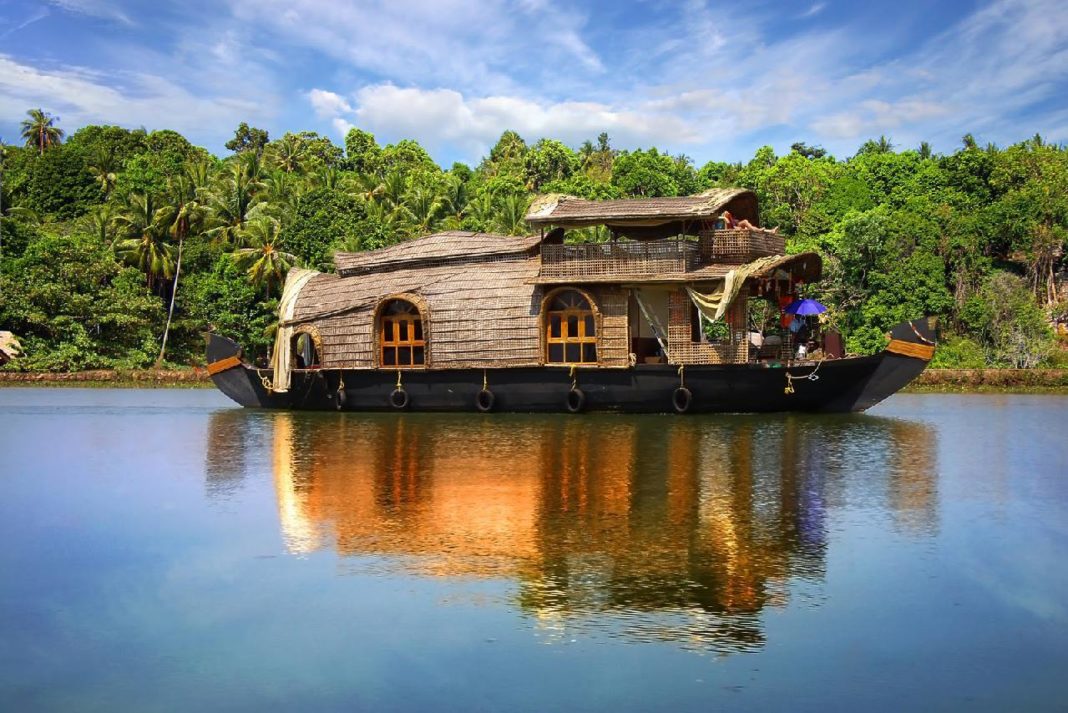
If you are looking for a taste of heaven on earth, a place where you can be as healthy and happy as can be, Kerala is certainly a good place to start.
"God's Own Country" is a phrase that has been sold around, used for locations from Yorkshire to Zimbabwe to New Zealand. But while in many of these places may be an illusory wish, in Kerala, an Indian province in the south of the country, it seems a perfectly reasonable description.
The Malabar coast and the lush backwaters certainly look like paradise, the population has the highest life expectancy and literacy rates in India, and the crucible of different religions coexist happily. God, we can guess, would be very happy indeed.

Check location on Google Map
Kochi International Airport, the gateway to Kerala, is the first airport in the world to be powered entirely by solar panels. This is a technological feat. The journey back in time, and to a simpler life, begins the moment they leave the terminal building, however, as in the parking lot there are Hindustan ambassadors (the iconic Indian car modeled on a Morris Oxford), auto -rickshaws, Cycle Rickshaws, and even an occasional wandering cow! The traffic on the roads is just as eclectic. The buses have to be diverted around the ox carts, and if there is an elephant on the road, then everything stops.
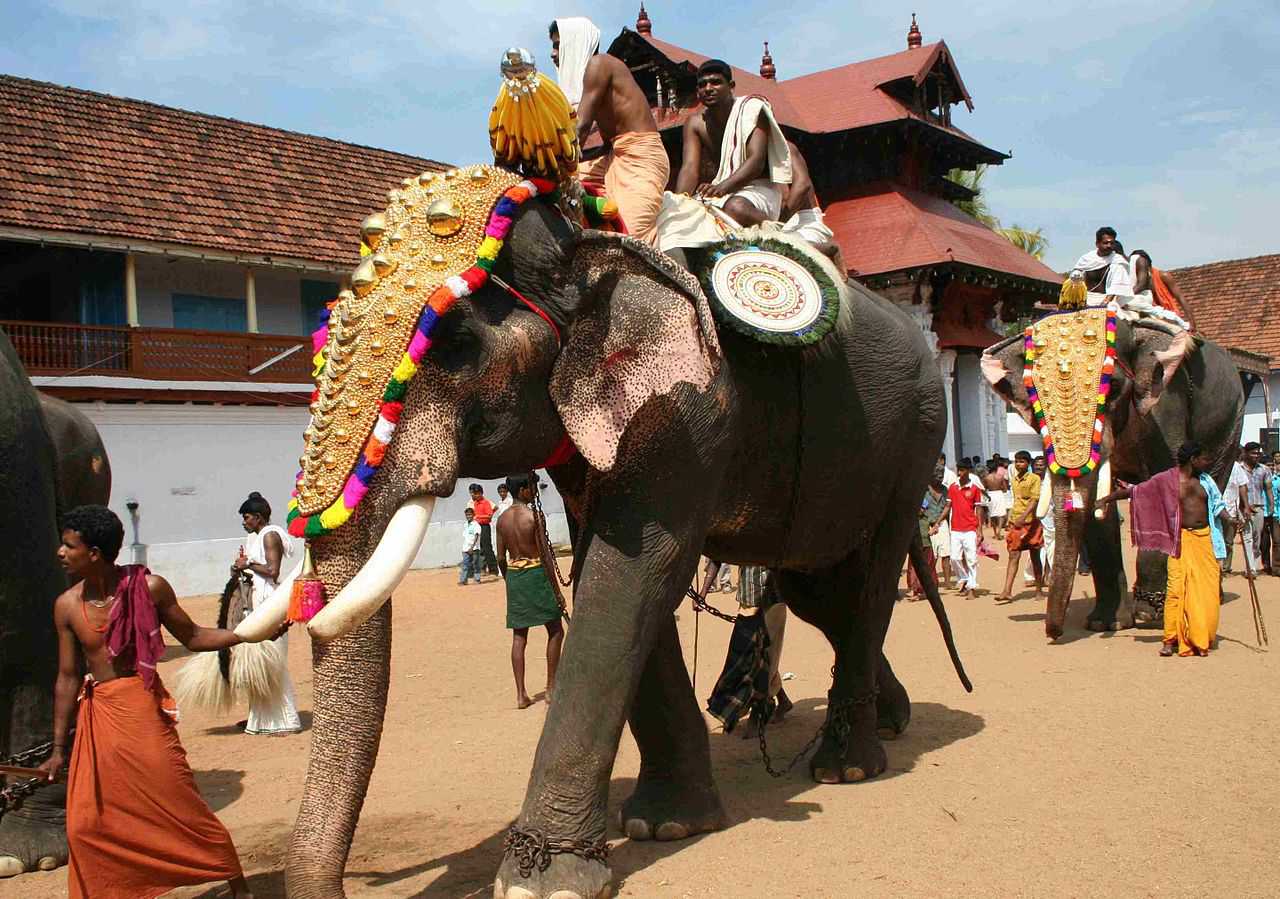
Elephant in Thrippunithura Kerala (c) Rajesh Kakkanatt, courtesy Suresh Babu
Kochi was historically the port of Cochin, a city of international traders in the Arabian Sea. Spice sellers came from Portugal in the early 16th century, and the Dutch and British came in their wake. It preserves a cosmopolitan atmosphere, with many different communities that have left their mark.
The Jews of Cochin trace their own history back to the time of King Solomon and have their own dialect of the local Malayalam language. There are only two dozen Jews still living there, but you can visit the oldest synagogue in India running on Jew Street in the beautiful neighborhood of Mattancherry, nicknamed "Jewish City." There are also Syrian Catholic churches; And festivals like Holi, Eid and Christmas are celebrated with great fervor.
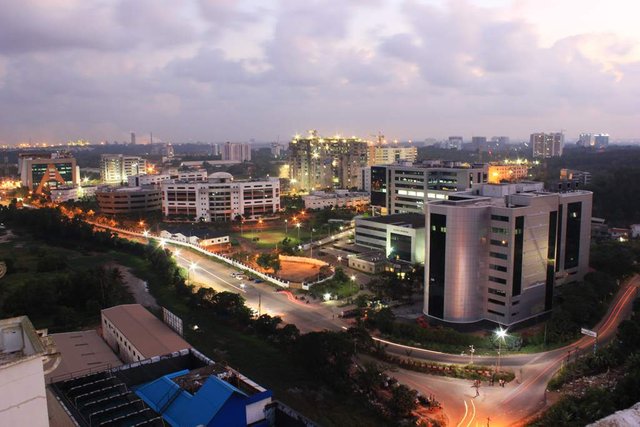
Kochi, Kerala (c) Bino Bose
The city carries its rich and eclectic cultural heritage lightly. I pay my respects to the Church of St. Francis, the oldest European church in India, because it was here that Vasco da Gama - the man who first sailed by the Cape of Good Hope to reach India from Europe - was buried . His body was later transferred to Lisbon, but the cemetery is still divided between Portuguese and Dutch tombs, a reminder of Kochi's colonial past.
Perhaps the true beauty of Kerala is out of the cities. The Western Ghats, the north-south ridge that traverses south India as a backbone, is a World Heritage Site for its biodiversity. There are 20 national parks, wildlife sanctuaries, and forest reserves in Kerala alone, not to mention the swathes of jade green tea, coffee, and spice plantations.
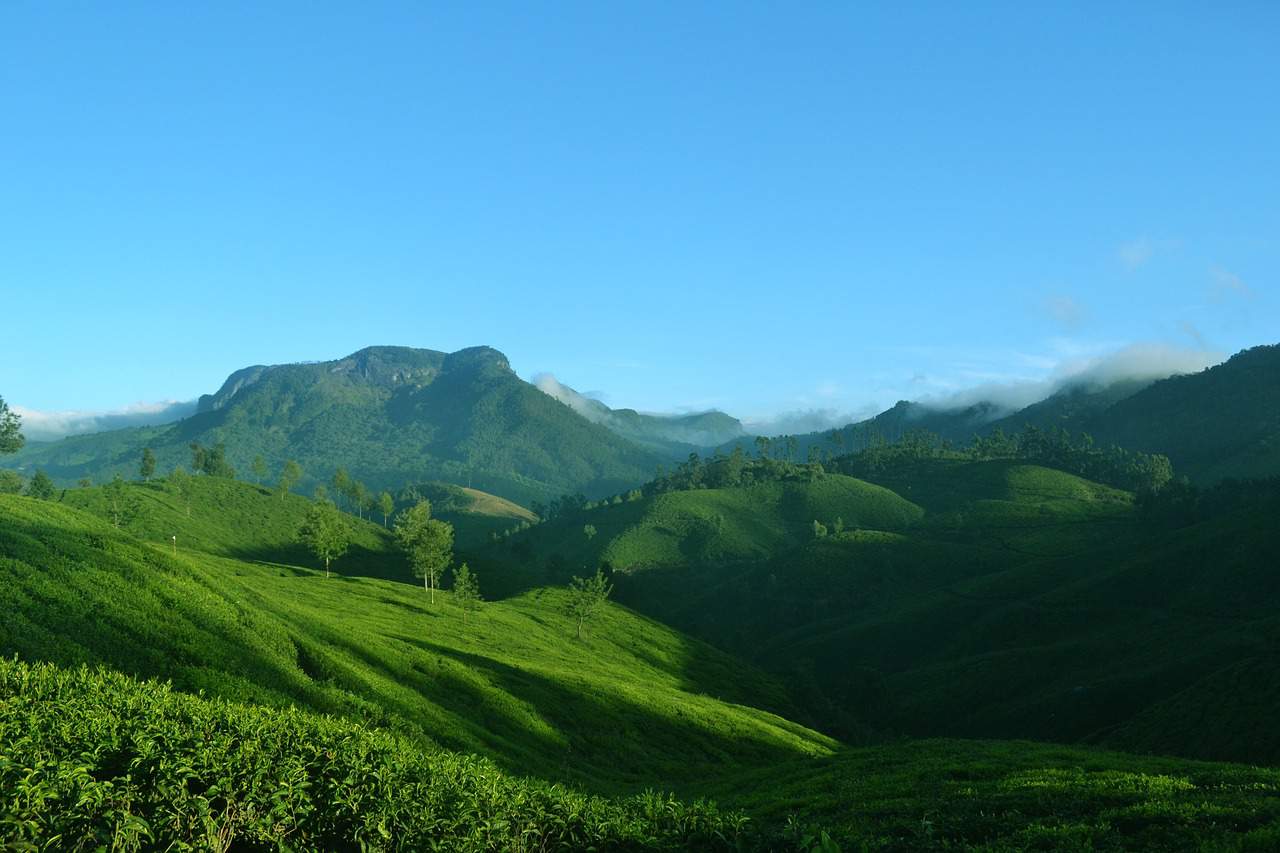
Mountains around Munnar, Kerala (c) ginu
Located in the mountains near Munnar, the confluence of three rivers, is Ambady Estate, a misty valley of cardamom and rainforest plantations. It is an exceptional site for wildlife observation: there are monkeys and barking deer, giant squirrel Malabar, and, at certain times of the year, millions of butterflies.
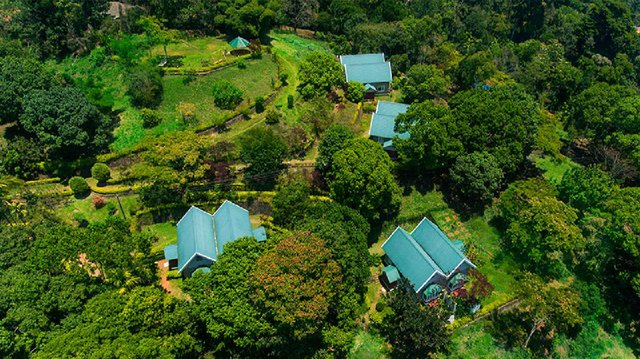
Ambady Estate from above
The tops of the trees are alive with the chirping and the song of the birds. Binoculars will help you to see them closely, but even at first glance you can identify bulbul (woodland songbird), barbet, whistling thrush, vernal hanging parrot, and sunbird. Thanks to the altitude, the air is moist and cool, which makes it the ideal setting for a hike through Parvathy Hills or stroll through one of Munnar's many tea fields
True tea aficionados should make time to visit the Munnar Tea Museum. It is on the estate of Nalluthanni and is run by Tata Tea. If you've ever wondered what makes black tea different from green tea, or how tea comes from the plant to your cup, this is the place to find out. You can follow the entire manufacturing process, and the story is developed in more detail with photographs and various pieces of tea paraphernalia. The tea tasting, of course, is a must, and the local black tea from Keralan is especially refreshing.
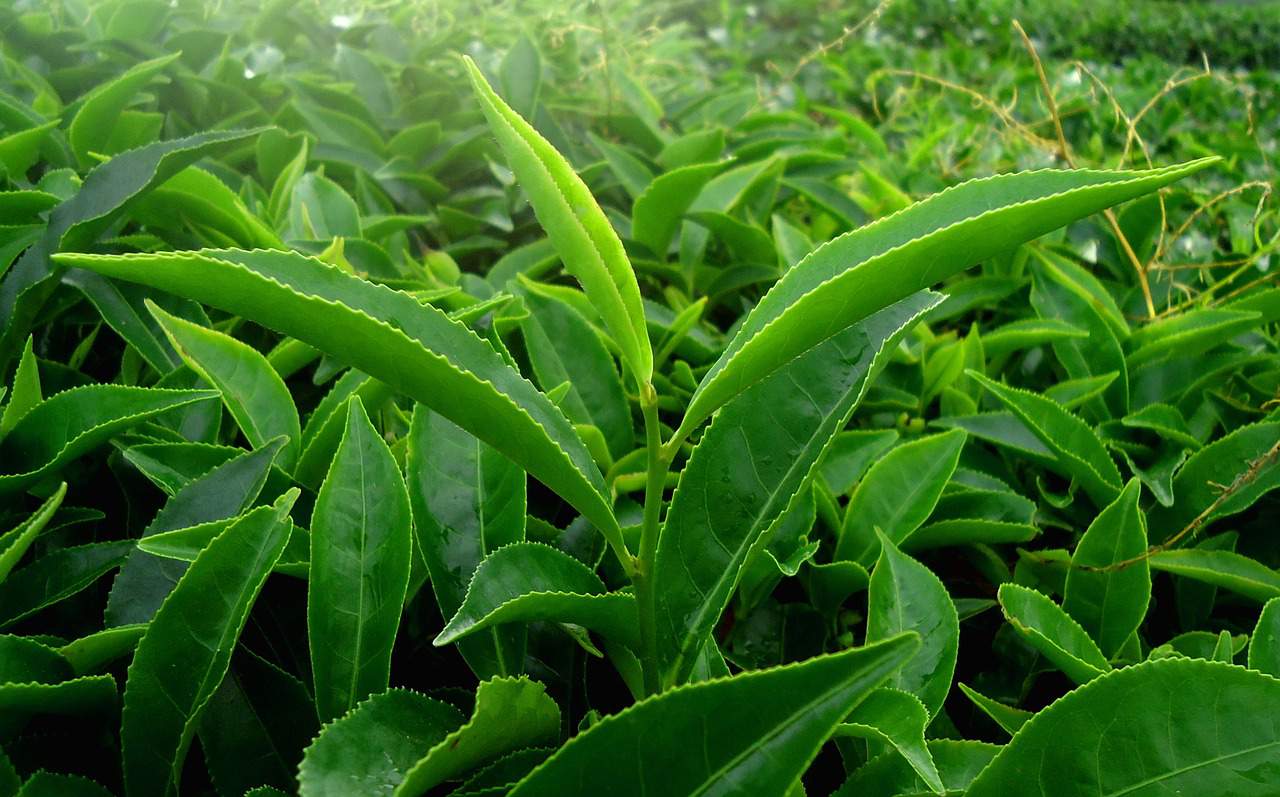
Tea leaves on a plantation in Kerala (c) ranjithsiji
The exuberance of Kerala, its ever-present greenery, comes from the monsoon rains and backwaters that crisscross the state, bringing its life-giving water. The most fertile agricultural land is, of course, along the banks, and therefore so are most of the colorful villages of Kerala.
The best way to see rural life up close, whether it is women planting in rice paddies or washing their clothes on the river bank, is to take a boat and sail through the backwaters of Alleppey and Kumarakom. Lots of kettuvallam - traditional rice boats - have become comfortable houseboats. They are made entirely of natural materials, from the wooden hull attached with coconut strings, to the curved straw roof, shaped like a whale's ribcage.

A houseboat on Kerala backwaters
The Kerala floating houses are extraordinarily spacious, and in some cases even luxurious. 100 feet long, there is typically room on board for three bedrooms, these days with en suite bathrooms as well. A private chef will cook delicious meals from local produce to the on-board, dishes that are seasonal and fresh.
The boats move slowly, allowing plenty of time to watch the world go by, read, fish, or even have an ayurvedic massage on board. It is a slow but romantic way to travel, and you will see a very different side to Kerala than when you are traveling by road.
God may or may not have done Kerala. But if you are looking for a taste of heaven on earth, a place where you can be as healthy and happy as can be, it is certainly a good place to start.
Source/Credits:
Stephanie Adams

Thank you for posting
wow amazing photography....
@raviraj4you got you a $1.72 @minnowbooster upgoat, nice! (Image: pixabay.com)
Want a boost? Click here to read more!
WOW...Lovely place, I have been there!!
happy to know swati